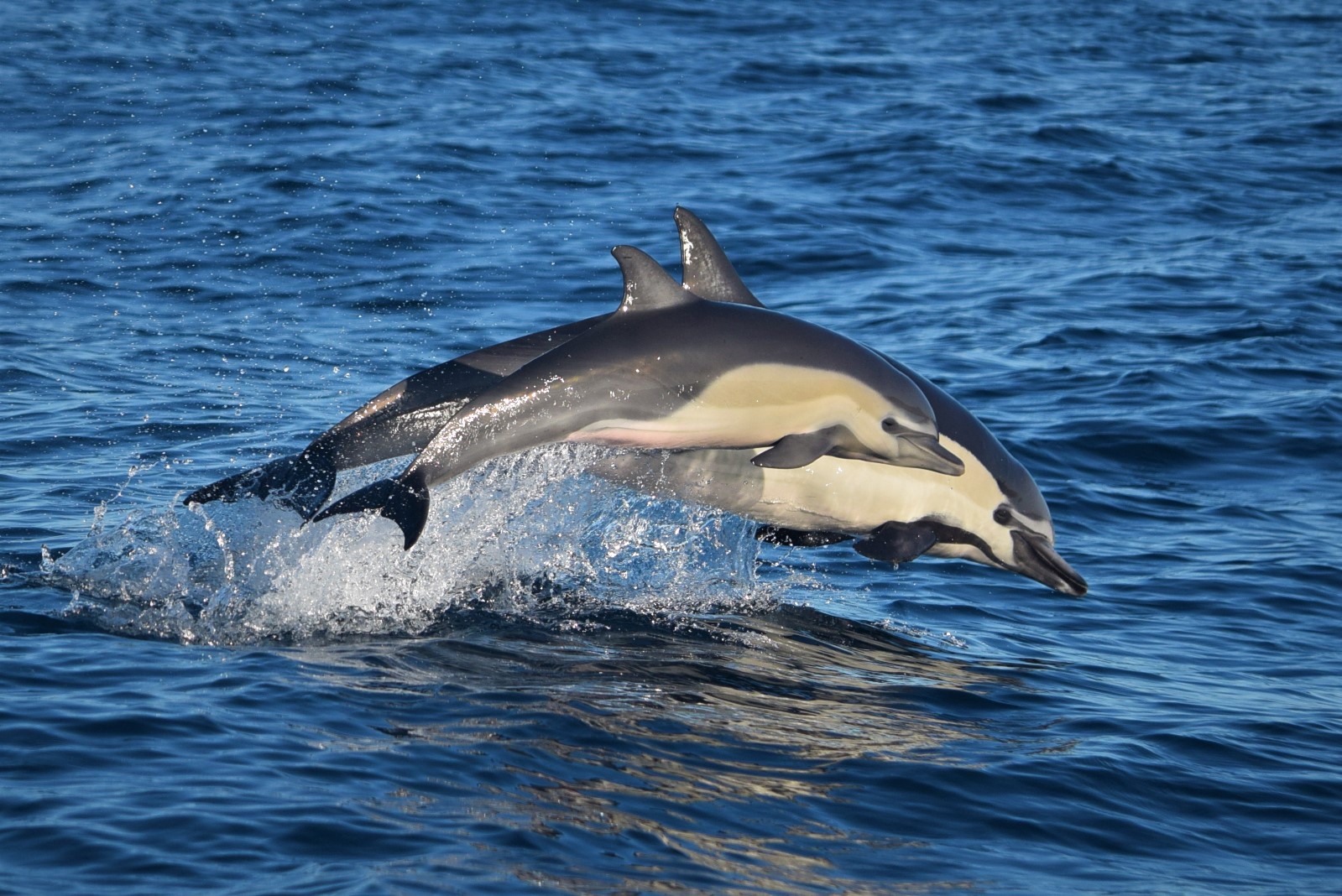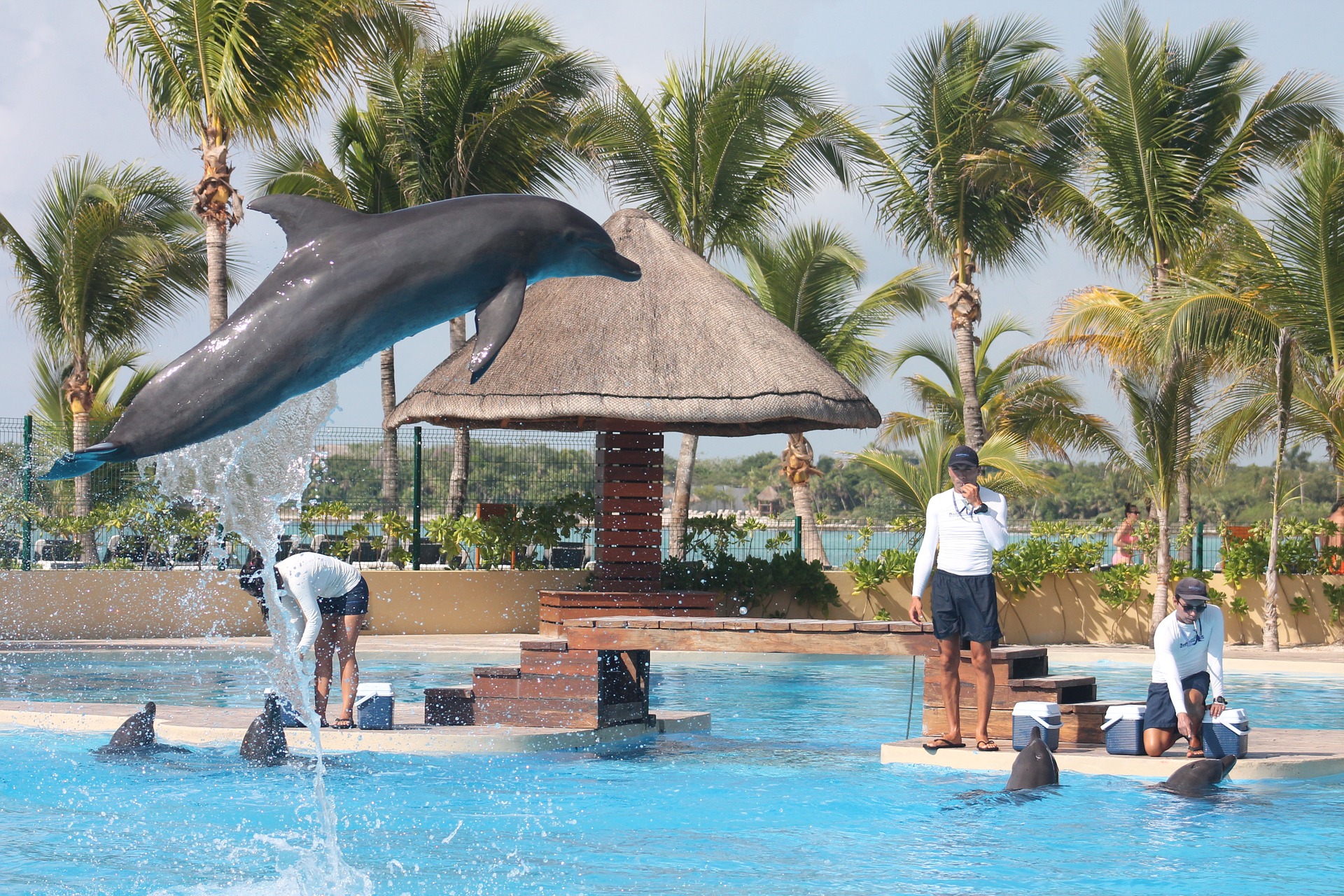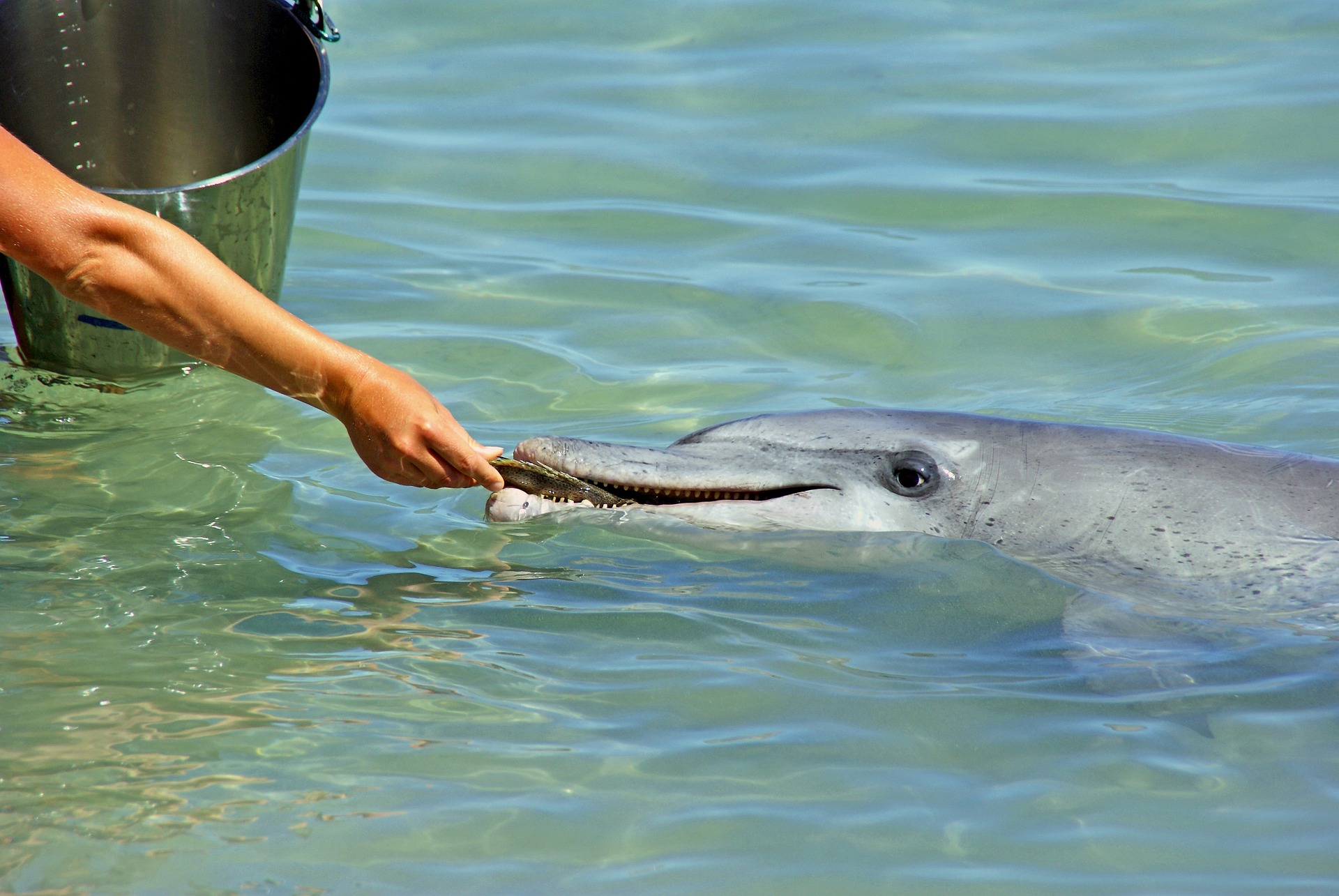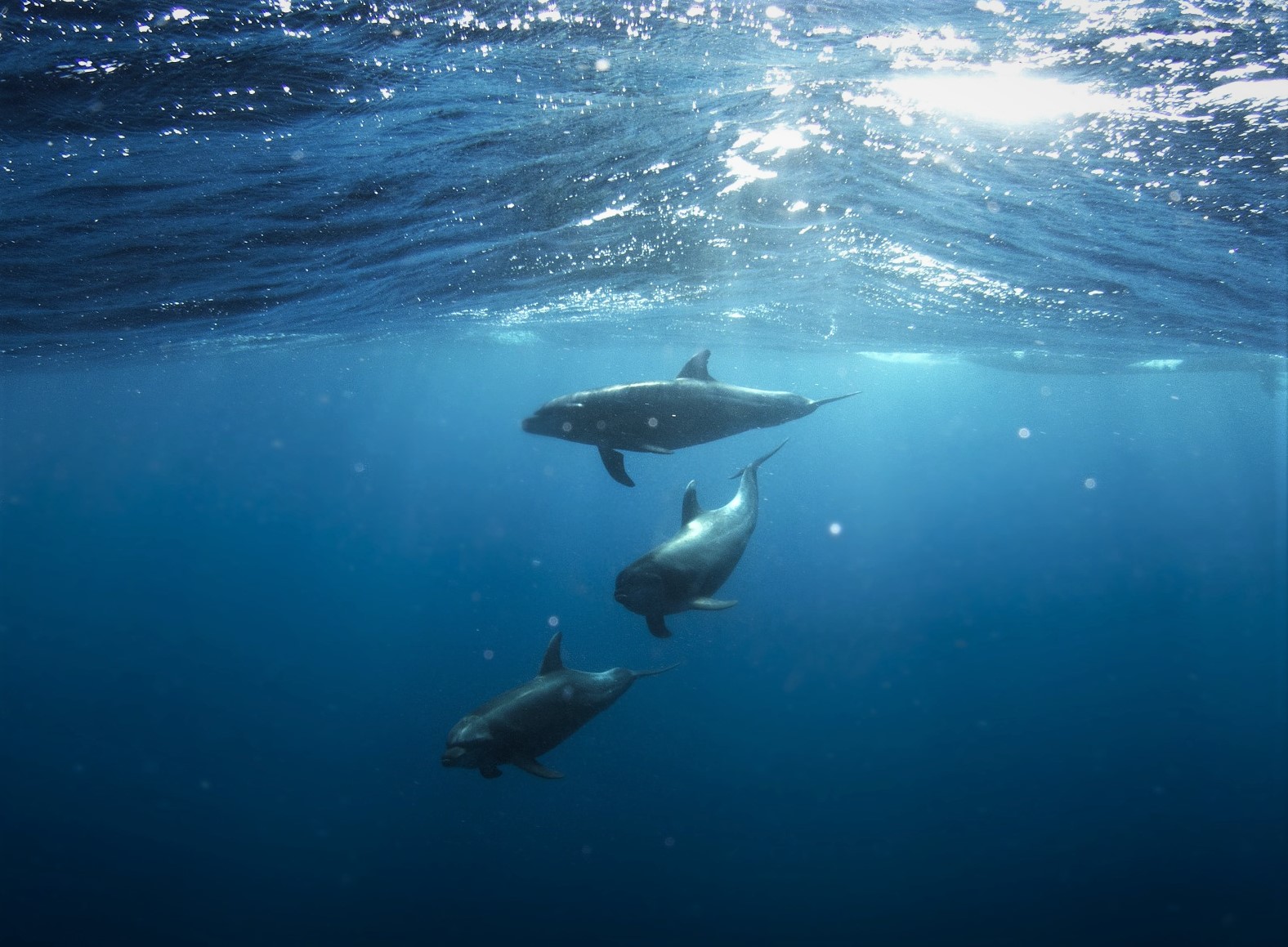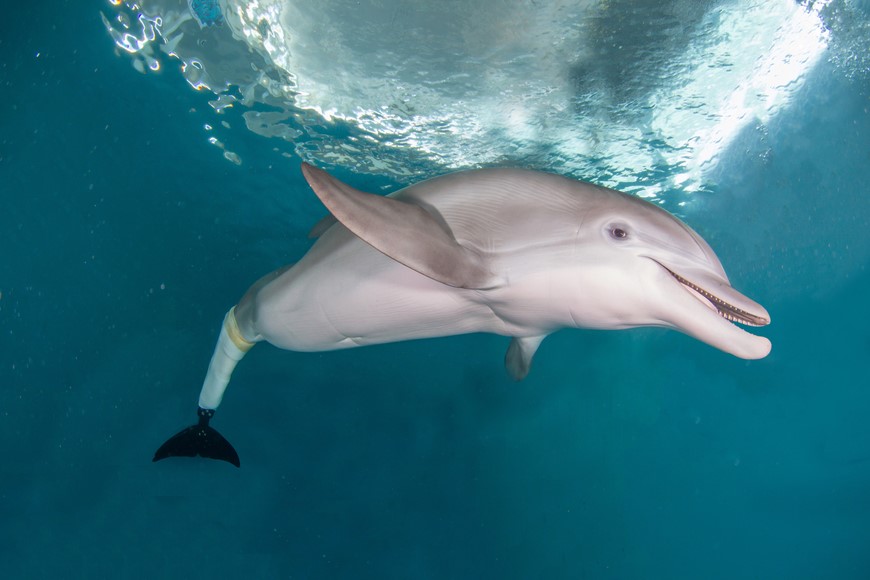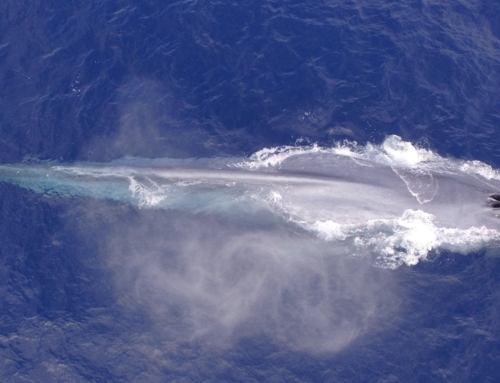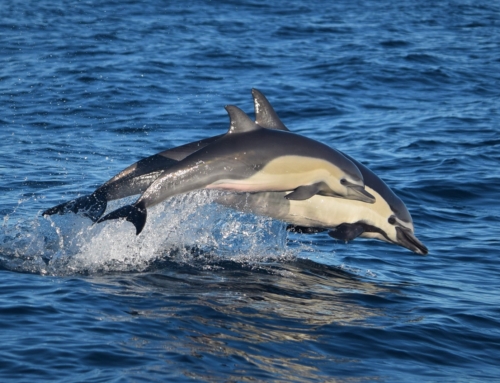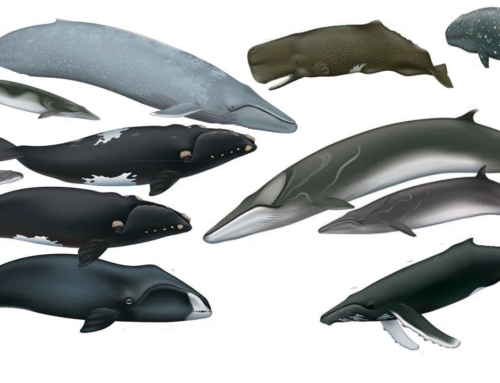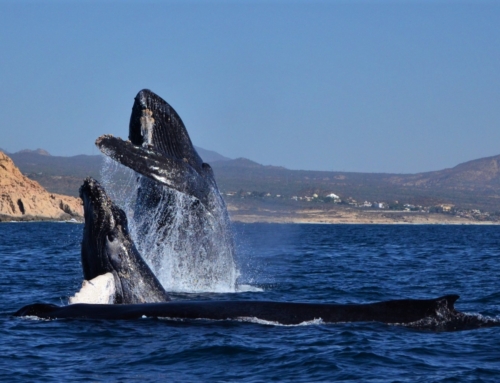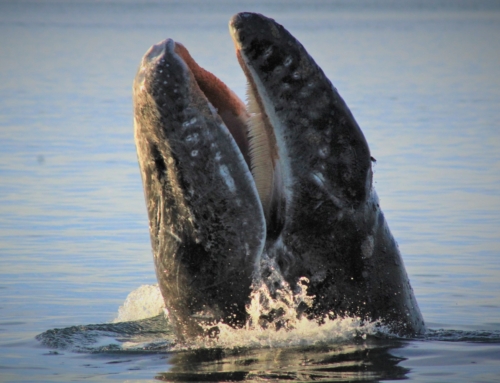Swimming with dolphins in captivity may be more convenient than searching for them in the wild, but here are some things you should consider before booking:
Swimming with dolphins is one of the most incredible experiences a human being can have. These highly intelligent and emotional beings hold a unique place in our hearts, mythologies and collective conscience. We recognize in them a form of awareness matched only by our own species and their fellow Cetaceans. They are unmistakably complex yet childishly playful, cunning and curious in equal measure. People who have interacted with them in the wild or in captivity attest to their uncanny ability to influence our perceptions and emotions.
Some researchers who work with dolphins admit to feeling as if they themselves are being studied and manipulated while they study and manipulate. Others have gone on to become activists for the protection and freedom of Cetaceans because of the profound influence their subjects had on them. We have known for some time that they have cultures, highly complex languages with regional dialects and names for individuals. They form lifelong bonds and mourn their dead. Like us, they also engage in social exclusion and bullying. There are even recorded cases of shocking behaviors such as infanticide, sexual assault and incest.
Despite our fascination with them, there is much we still do not understand about their lives. It is little wonder then that seeing these fascinating beings up close has driven the growth of an entire industry.
History of Cetaceans in captivity
The first record of captive Cetaceans comes from 1862, when PT Barnum arranged to have six Beluga whales caught in the St. Lawrence River and shipped by train in boxes of seaweed to his museum in New York. After training them he advertised a show to the public where the whales would pull a women in a car. The poor Belugas did not last long. All but one died within months with the lone survivor lasting just two years. Thus began an unbroken chain of exploitation that has spanned the globe and shattered the lives of thousands of these sentient beings. Today, swimming with dolphins in captivity and watching them perform acrobatic stunts is big business.
A recent report by World Animal Protection identified at least 336 facilities in 54 countries that keep captive Cetaceans. They offer displays, shows and interactions like swimming, petting and feeding of mostly dolphins (3029) but also whales and porpoises (574). This multi-billion dollar industry markets itself as educational and family friendly when nothing could be further from the truth. In the West, the giants like SeaWorld mount campaigns of greenwashing in an attempt to stave off ever hardening public opinion. In the East, new facilities are being added and the industry continues to grow. Just five countries: China (23%), Japan (16%), the United States (13%), Mexico (8%) and Russia (5%), house 60% of all captive Cetaceans worldwide.
A dolphin leaps from the water at a dolphinarium while trainers work in the background.
Swimming with dolphins in captivity
Interacting with captive dolphins is a bad idea on a number of levels. While the companies that sell these activities talk of magical moments, education and family fun, incidents of dolphins attacking humans are surprisingly common. In the water they can butt people hard enough to cause serious injuries such as broken bones and lacerations. There are also incidents of biting, especially of children, during feeding events. Lengthy indemnity forms for customers and keeping incidents quiet are industry standards. Regular people with good intentions are being lured in to this lurid world of suffering and exploitation.
It is not surprising that a large, intelligent predator being held captive in such a way might act out. Either the dolphin was captured from the wild and is being held against its will, or it was bred in captivity and is mentally and physically stunted as a result. In the wild a Bottlenose dolphin, the most commonly captive Cetacean, roams vast regions of the ocean. They will learn the complexities of dolphin society and explore their environment, both of which are vital for the healthy development of their complex brains and emotions. Keeping them in tiny pools that are 200 000 times smaller than their natural habitat and denying them this vital social interaction is nothing short of abhorrent. The dolphins are often trained using food deprivation and in some cases even with sexual pleasure.
Trainers use starvation to condition the dolphins.
Swimming with dolphins in the wild
There is absolutely no need to visit an aquarium or dolphinarium! Dolphins are wide ranging, diverse and can be found in all parts of the Ocean. Most popular coastal tourist destinations now offer dolphin swims with wild dolphins in their natural habitat. This is part of a wider movement towards sustainable tourism that is taking place as people begin to realize the impacts of modern human lifestyles.
It is impossible to guarantee sightings and interactions in the wild and it can take hours to find them. The payoff, on the other hand, is spectacular! Meeting free beings on their own terms is an experience well worth the effort. It is also possible to have spectacular encounters with large numbers of dolphins in the wild. Pods can sometimes contain thousands of individuals as they hunt massive schools of fish. Being out on the open ocean also brings chances to see countless other marine lifeforms.
Swimming with dolphins in the wild is far more satisfying and ethical than captive dolphin swimming.
Rehabilitation programs
Not everyone is able or willing to venture out into the open ocean. A number of places run rehabilitation programs that work with injured Cetaceans and other marine mammals. The residents of these places are often rescued from certain death and face no prospect of returning to the wild. We even make some of them dolphin prosthetics! Most rehab centers have visitor programs that allow people to interact with the dolphins in a respectful way. This means visually, not physically.
It can sometimes be tough to navigate the ethical pitfalls of 21st century living. Things that seem innocent enough often turn out to have horrendous consequences. With an open mind and perhaps some added effort it is possible to both live our dreams and live sustainably. Ignorance is not an excuse for helping to perpetuate the suffering of others – be they dolphins, people or any other living thing.
Winter the dolphin. Image: Business Observer

